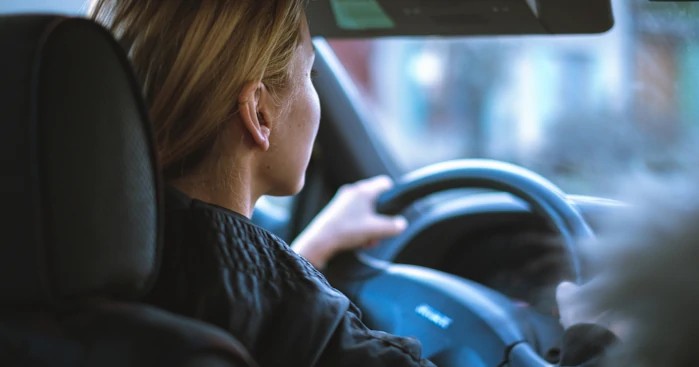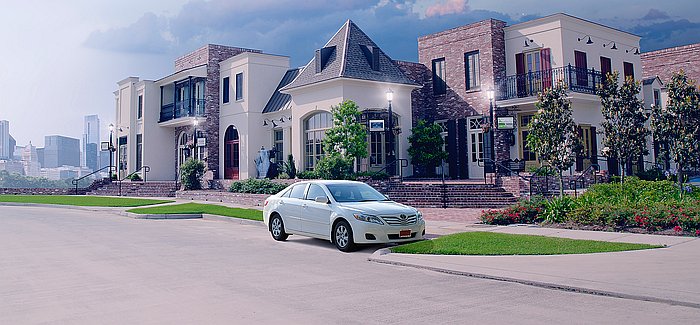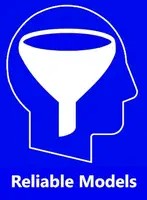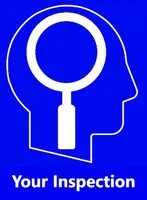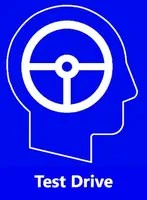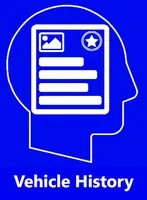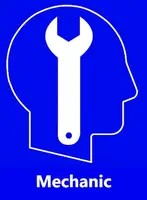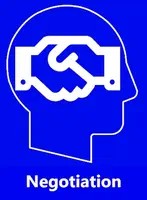Tentative First Steps
You need to drive the car on a variety of roads, and at various speeds. Start by driving the car through a neighborhood and on some mid-sized streets first. This will let you get a feel for the car, its steering, acceleration capability, and brakes. You want to travel at around 25, 35, and 45 miles per hour.
While you drive, safely loosen your grip a little on the steering wheel and see if the car wants to pull to the left or the right, and how severely. A car that is constantly trying to pull to one side has alignment or other issues, which again could be minor or major to repair.
Also, when you brake, do the same thing and note if the brakes are pulling in one direction or another. Brakes that pull to one side can be dangerous in the worst case, and cause rapid wear and tear in the best case.
As you change speeds, check that the transmission shifts smoothly. It should not jerk into the next higher gear when you accelerate. It should not make a clunking noise as you slow the car and it downshifts. There is no such thing as an inexpensive transmission repair.
Open It Up
If you're comfortable that the car is operating properly at these speeds, then its time to see how it behaves in more demanding situations. You want to get a feel for how the car can handle rapid acceleration. This is critical to safety when merging into freeway traffic, or when turning out of a parking lot in front of approaching traffic. Use one or both of these scenarios during your test drive, and make sure the engine doesn't hesitate or “bog down” when you press the accelerator in an attempt to gain speed quickly. Of course, don't exceed the speed limit.
If you can drive the car on a freeway or highway, that's ideal. You want to test speeds like 45, 55, 65, and 75 mph, within the limits of what's legal in your area. As you're driving at these different speeds, feel for vibrations which happen at certain speeds and not others. For example, a car may shake at 55 mph, but be fine at 45 and 65.
Also, recheck the steering at these higher speeds to extent you safely can. Any slight drift at lower speeds that may have gone unnoticed will be more severe at higher speeds.
